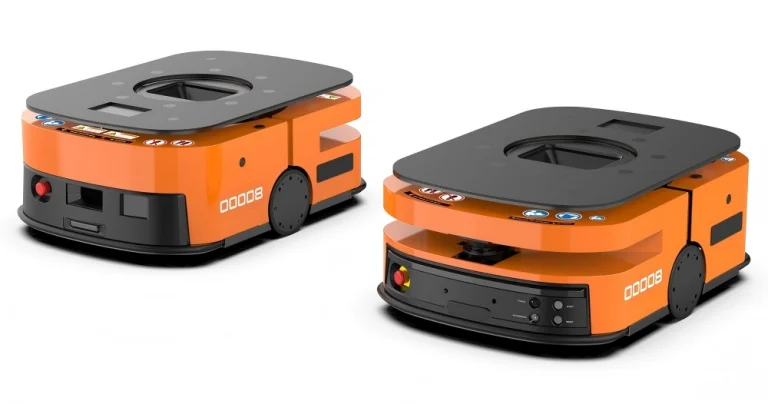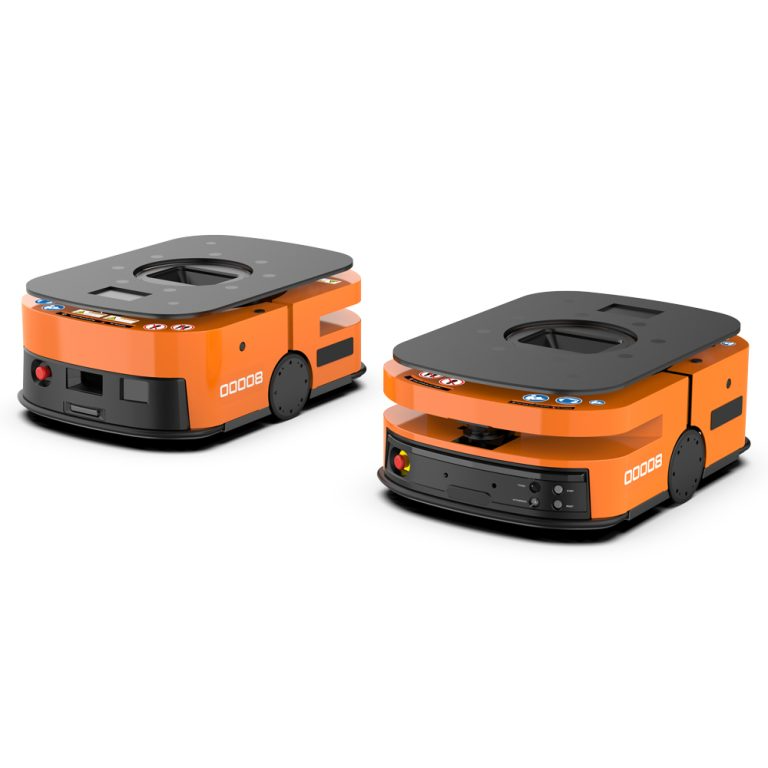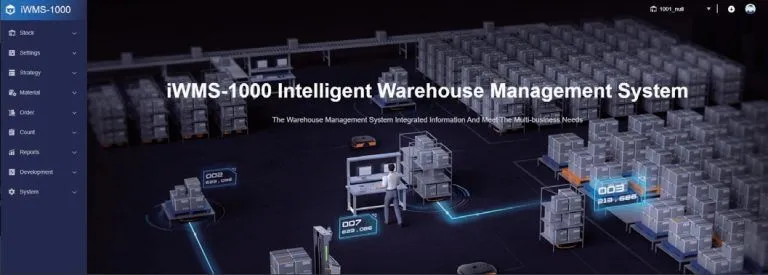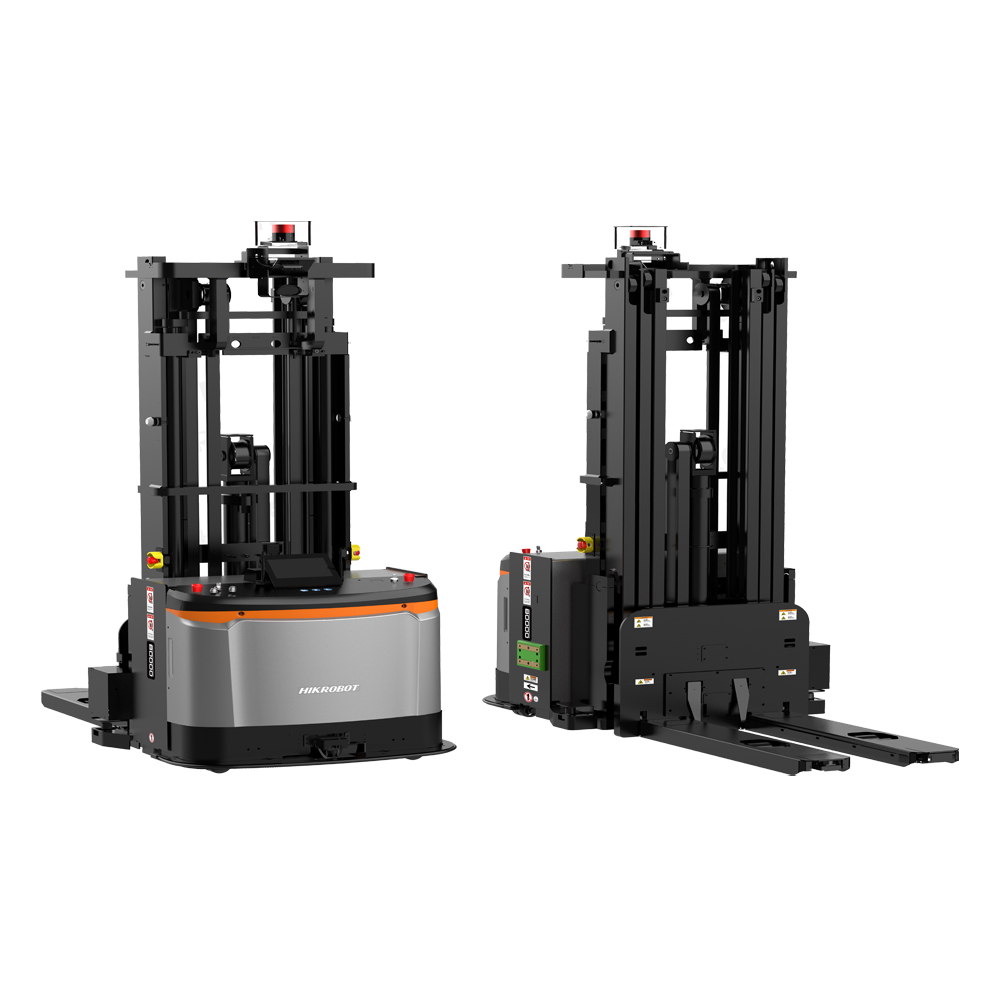
Modern warehousing is a tough nut to crack. It demands speed, pinpoint accuracy, and smooth efficiency like never before. With online shopping exploding and industries shifting fast, old ways just don’t hold up anymore. Forklift mobile robots (FMRs) are stepping in as real heroes. They tackle the toughest headaches—labor shortages, safety worries, tight spaces, slow deliveries, and messy inventory. Let’s break down these five big hurdles and see how FMRs turn things around.
Challenge 1: Labor Shortages and Rising Costs
Finding good workers is a struggle these days. Paychecks keep climbing too. In 2023, U.S. warehousing labor costs shot up 7% from the year before—yikes! FMRs offer a smart fix. These robots haul heavy loads, like 1,500 kg pallets to high racks, without needing breaks or extra cash. They work round the clock.
Real Win: Imagine a Nantong, China, warehouse where FMRs like the F3-1500 (1,500 kg lift, 200 mm high) took over night shifts. Workers shifted to brainier tasks. Output stayed steady.
Numbers Talk: One FMR can swap out 1-2 full-time folks. Over time, that cuts labor costs by up to 40%.
They team up with WMS systems too. No more frantic hiring rushes. FMRs keep the operation humming 24/7. It’s a game-changer, especially when you’re short-handed.
Challenge 2: Safety Hazards
Running forklifts by hand is risky business. Slips, falls, and crashes hurt thousands every year. Back in 2022, U.S. warehouses saw 100,000 accidents. FMRs change that. With safety sensors all around and SLAM navigation, they spot trouble and stop quick. Human mistakes? Not a chance.
Tech Boost: The F4-1500 comes with 360-degree eyes and wireless talk. It’s SIL3 rated—super safe.
On the Ground: In a Shanghai project, 120 FMRs dropped accident rates by 30% in six months. That’s solid proof.
Safety isn’t just talk here. It saves lives. Managers breathe easier knowing FMRs handle the danger spots.
Challenge 3: Inefficient Space Utilization
Warehouses cost a pretty penny. Cramped layouts and sloppy stacking waste space fast. Old forklifts stumble in narrow aisles. FMRs like the reach-type (up to 2,000 mm lift) shine here. They slide into tight spots and stack with care.
Real Stats: At Daio in Nantong, 52 FMRs maxed out 840 storage spots. That bumped space use by 25%.
Smart Move: Pairing FMRs with ASRS systems makes a cozy setup. Less clutter, more room.
It’s like a pro at Tetris. Warehouses turn into sleek, space-saving machines. You get more bang for your buck.
Challenge 4: Slow Order Fulfillment
Customers hate delays. With e-commerce orders jumping 15% globally in 2024, slow service kills satisfaction. FMRs speed it up. They zip goods from racks to packing fast. The F1-1000U, with its all-direction moves, is a speed demon.
Case in Point: Toshiba Carrier used 120 FMRs to cut delivery to 30 days. They handled 100 pallets an hour.
Big Jump: Throughput triples with smarter processes. That’s three times the old pace.
Speed matters. Shoppers hit “buy” knowing their stuff arrives quick. It’s a win for business.
Challenge 5: Inventory Management Woes
Lost stock and over-ordering burn cash. Hand counts miss things. FMRs link with smart systems to track every pallet. Real-time updates cut errors to almost nothing.
Tech Edge: WMS ties let FMRs refresh inventory on the fly. Stockouts dropped 20% in car-making projects.
Human Note: A manager once said, “It’s like a genius helper who never loses track of parts.”
Accuracy hits 99%+. Warehouses run like clockwork. No more midnight stock hunts. It’s a relief.
Wesar Intelligence: A Trusted Forklift Mobile Robots Supplier
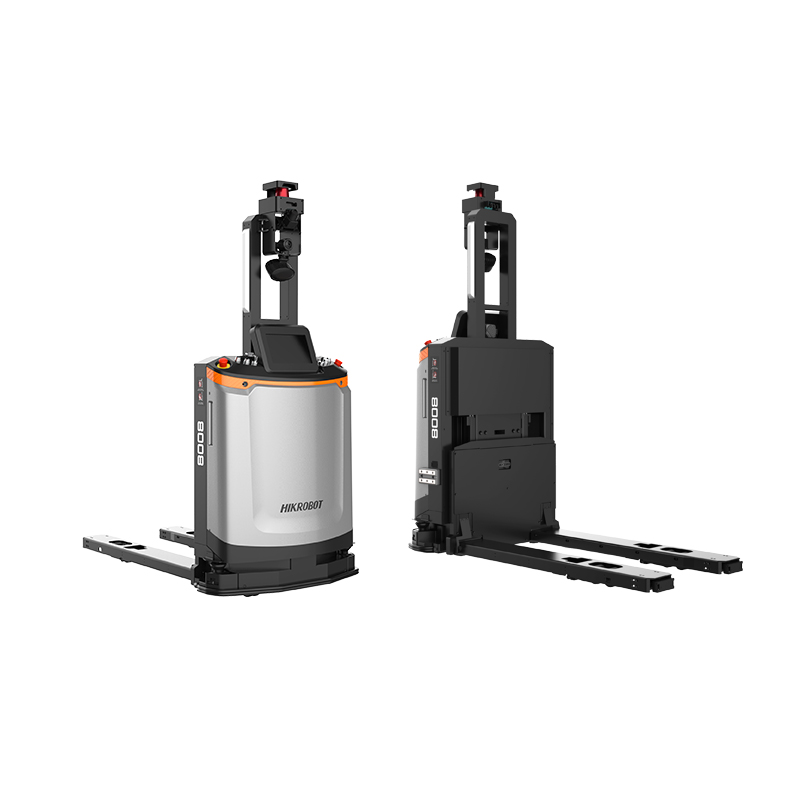
Before we wrap up, let’s shout out the team behind this. Wesar Intelligence is a go-to for FMRs. They blend know-how with fresh ideas. Over 110 workers, including 16 engineers and 6 software pros, build top-notch solutions. Their 7,000 m² factory in Nantong, China, pumps out reliable FMRs like the F3-1500 and F4-1000. Service is key—48-hour on-site help after visa approval. This crew powers warehouse wins worldwide. Pretty impressive, right?
Digging Deeper: How FMRs Fit Different Industries
FMRs aren’t one-size-fits-all. They adapt to various fields. Let’s explore how they shine.
3C Manufacturing Industry
The 3C world—computers, comms, consumer electronics—needs speed. Old storage can’t keep up. FMRs use automation to watch inventory live. They cut human errors and boost efficiency. AMRs zip materials to production lines fast. That keeps things rolling without a hitch.
Example: A factory saw real-time tracking slash delays. Production flowed better.
Perk: Less stockpile, timely parts. Lines hum along.
Manufacturing Industry
Factories face tricky storage and haul issues. FMRs lift that load. They move goods between lines and warehouses safely. Smart systems predict needs, so lines never stall.
Fact: AGVs and AMRs cut material mix-ups by 20%.
Bonus: Lower transport costs, smoother cycles.
Retail Industry
Online shopping boom? FMRs are ready. They grab items for orders quick. Robotic sorters pack and ship fast. Real-time stock checks stop shortages.
Scene: A retailer doubled order speed with FMRs.
Gain: Happier customers, better routes.
Automotive Industry
Car parts pile up fast. FMRs deliver to the right spot on time. Smart systems track inventory, reducing hands-on work.
Data: A plant cut part delays by 15% with FMRs.
Edge: Steady production, less hassle.
E-commerce Industry
Big order waves hit e-commerce hard. FMRs pick, sort, and pack lightning-fast. Systems tweak layouts for demand.
Story: An e-store cut shipping times by days.
Plus: No stockouts, on-time deliveries.
Energy Industry
Safety’s huge in energy. FMRs haul heavy gear with care. They lower risks in tough spots.
Insight: A site reduced manual lifts by 30%.
Benefit: Projects stay on track, safer too.
Food and Pharmaceutical Industry
Temp control and hygiene rule here. FMRs monitor conditions. They sort and pack batches accurately.
Case: A pharma firm tracked every medicine batch.
Value: Meets strict rules, full traceability.
FMRs flex across industries. They bring big wins everywhere.
Conclusion
Forklift mobile robots aren’t just a fad. They tackle labor gaps, safety fears, space woes, slow shipping, and inventory mess with grit and smarts. From 3C to food sectors, they deliver. Check the numbers, hear the stories, and picture your warehouse thriving. FMRs could be your next big move. Worth a thought, huh?
FAQs
What are forklift mobile robots, and how do they work in warehousing?
FMRs are clever machines that lift heavy stuff, like 1,500 kg pallets, using SLAM navigation. They scoot around warehouses and sync with WMS to keep everything on point. Pretty neat, right?
Can forklift mobile robots really cut labor costs?
You bet! One FMR can take over for 1-2 workers. That can shave off 40% of labor costs over time. Like getting a tireless buddy!
Are forklift mobile robots safe to use around people?
Totally. With 360-degree sensors and SIL3 ratings, they spot trouble fast. Accidents drop—like 30% less in some places.
How fast can forklift mobile robots improve order fulfillment?
Real fast! They can triple output, hitting 100 pallets an hour, and shrink delivery to 15 days. Customers love that speed.
Do I need special training to use forklift mobile robots?
Not much. They come with easy controls and WMS links. A quick chat with the supplier, and your team’s set. Simple stuff!
Which industries benefit most from forklift mobile robots?
Lots! 3C, manufacturing, retail, automotive, e-commerce, energy, and pharma all see gains. FMRs fit wherever efficiency matters.


